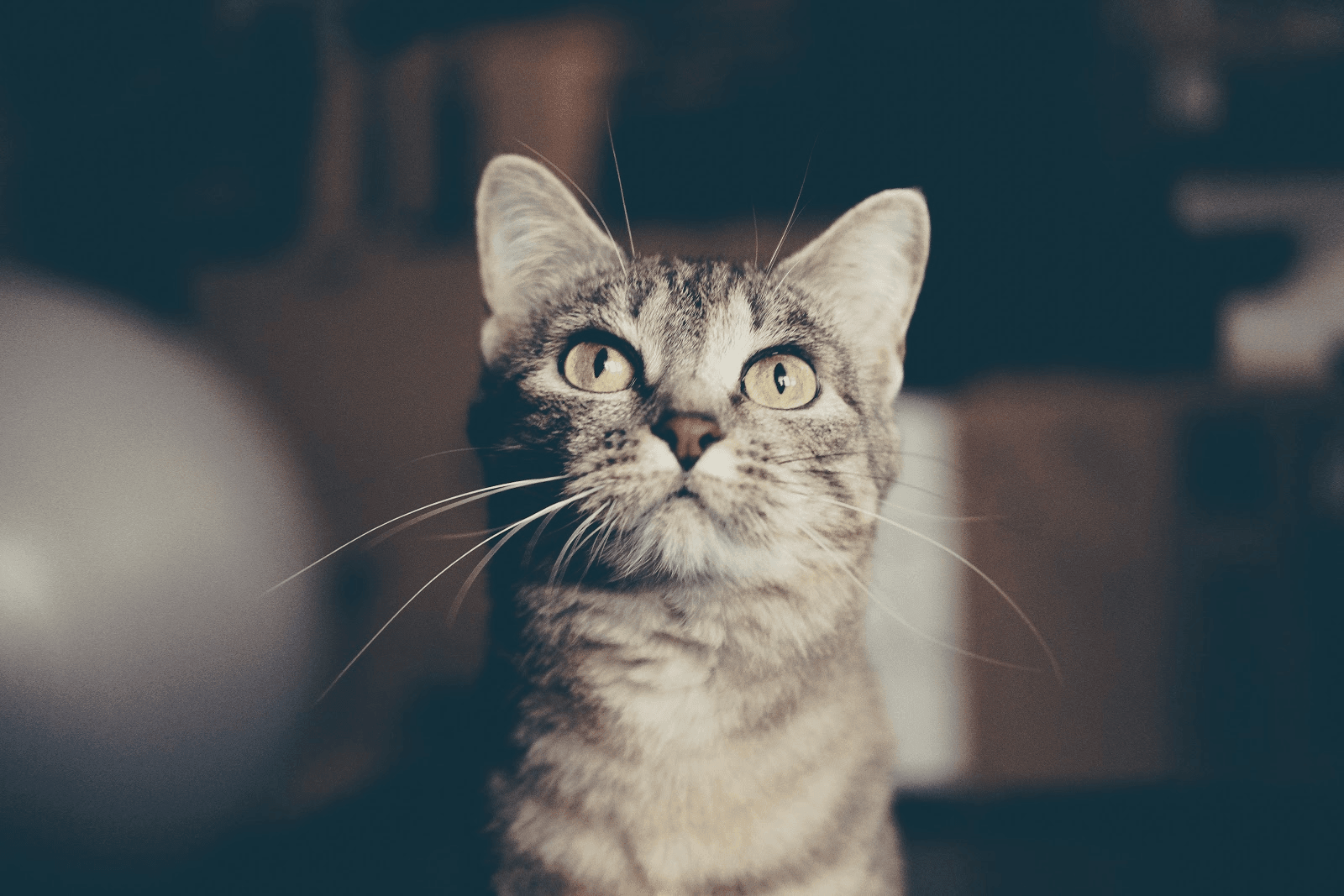CAT INTRODUCTIONS - PART 2

Positive Associations
Cats can learn to accept a new cat over a meal; they learn that good things happen when they’re in the presence of each other, and later, within sight of each other.
The best way to do this is with food and treats. Placing food bowls on either side of the closed door, the distance from the door will be based on the distance each cat is comfortable – this could be several meters away at first.
In future sessions you’ll gradually move the bowls closer and closer to the door itself. If one cat eats faster than the other, you can give that cat a bowl with some obstacles in it like the lilac slow feeder/or a Kong. Use small portions of food in each session, it is better to do short, frequent sessions that end on a positive note.
Odour Swap
Take a piece of material and gently rub the new cat around the face to collect some facial pheromones. Pheromones are scent chemicals that are released from a cat’s scent glands. The pheromones around the cat’s face (along the sides of the mouth, on the chin, cheeks and on the forehead) are basically “friendly” pheromones. Cats facially rub on objects in locations where they feel comfortable.
Put the material in the resident cat’s area to let him explore it. Reward positive interactions with a treat. Reverse the process with a new piece of material. Repeat as often as needed. What’s a positive interaction? Calm acceptance is our goal, so looking at it, walking past it, sniffing and moving away.
Time Sharing
Each cat can now begin to explore the others territory, but only when they are safely separated and can’t get to each other. Depending on how confident the individuals are and how much time you have to supervise, short frequent explorations are OK. Be ready to distract with food and
toys, keep it all a great experience.
Opening the Door
During feeding time we can begin to open up the door, you might want to give some more space during this phase. Make sure both cats are comfortable. Open the door just a tiny crack, if either cat stops to investigate close the door. Repeat often.
Gradually increase the amount you open the door. Watch carefully for changes in body language as we want to prevent any escalation.
Fully opened door? There’s no set time limit on how long you should stay in one phase before entering the next as it depends on the individual. If your cats aren’t comfortable enough eating on either side of the door when it’s cracked open then spend more time there.
Introducing baby gates across the doorway may help if you get stuck.
Use play as a way to create positive experiences with each other. Do parallel play by having a fishing pole-type toy in each hand or enlist the help of another family member


The Best Environment
Set up the environment to maximise use of the space for both cats. Low, medium and high spaces are important as it provides extra space, make sure that there are more spaces than cats, and that one cat can’t control all the spaces.
Increase enrichment to allow the cats to release energy and have fun! Set up food-dispensing toys, puzzle toys and other opportunities for solo playtime.
Have a litter box for each cat and a spare in separate spaces. The litter boxes and scratching posts shouldn’t be in the same room because you don’t want one cat having to cross another cat’s path.
Place important resource items in each cat’s preferred area. Continue to do the mealtime training where the cats eat in the presence of each other. It’s a good idea to feed in separate bowls as nutritional requirements may change in the future.
Don’t Rush the Introduction – go at the pace of the least confident cat
